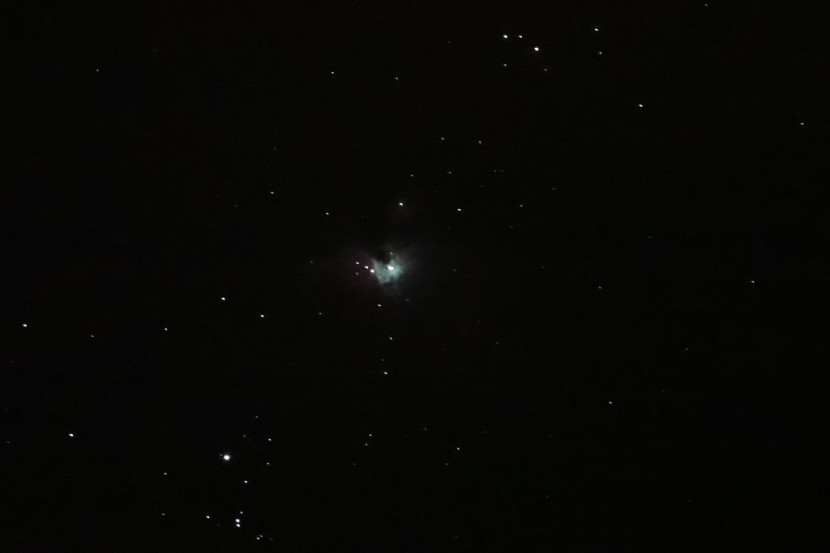
A strange galaxy had a nearby friend nearby, but it is all alone as it shot plasma jets at it. An eccentric galaxy is doing something odd by ejecting its partner with plasma jets in one of the most bizarre displays.
Strange Galaxy Mysteriously Blasts Partner
This galaxy is identified as RAD12-B, struck by the hot plasm from its paired galaxy. Astronomers from the University of Mumbai in India, led by Ananda Hota, observed it as the only 6th galactic pair that does this activity. However, the RAD12 system is different for reasons yet to be understood, reported Science Alert.
It is odd to see a smaller galaxy that shoots plasma jets at a bigger one. Other galactic systems do blast plasma in a pair, but RAD13 is just one which is a mystery, noted Space.
These high-speed plasma jets eject radiation in common radio frequencies throughout the cosmos. The radio galaxies would blast out jets from the nucleus of these galaxies and have a supermassive black hole at the center.
Supermassive black holes are inundated with matter that swirls in a disk absorbed from material from the inner rim. Not all material during accretion gets sucked into the event horizon. All material that escapes absorption is rotated in the magnetic field from the event horizon and gets revolved as a result. The escaped matter is ejected into space near lightspeed and flies in the vastness of space, which excites the matter to produce radio waves.
The process is still a mystery in most elliptical galaxies, which are less structured than spiral galaxies. Most elliptical galaxies would not be star nurseries because they are old ones with less material to make new ones. These plasma ejections are a kind of feedback affecting the birthing of stars, per NASA Hubblesite.
RAD12 Systems Emits Plasma Jets
RAD12 can help understand the dynamics of this process, which has limitations on what kind of activities of cosmic objects are capable of if these galactic pairs have the energy jets striking it like a positive sign that stars are being born. This galaxy is an oddball, a billion light-years away, and from the '90s, it still needs to be studied. Data from the Giant Meterwave Radio Telescope (GMRT) located in India helped investigate how weird it was till now.
Both galaxies are on a collision course to merge into one, with each galactic nuclei separated by 414,000 light-years and combined into one structure that will be 440,000 light-years long, which is bigger than the galaxy firing the jets. The conclusion is that the jet is hitting RAD12-B, which has one very noticeable difference: it has no positive feedback like forming stars.
The nature of this single plasma emission is unknown, and something keeps it trapped in the galaxy's center. The shell of the past starts from a past merging that made the interstellar into extremely dense parts. Compared to other energy jets affected by magnetic fields located in surrounding space.
RAD12 is a strange galaxy that used to have a galactic partner system RAD12-B gets hit with a plasma jet despite it being all alone but distant from its partner.
Related Article : New Horizons Space Probe Detects Unseen Energy








